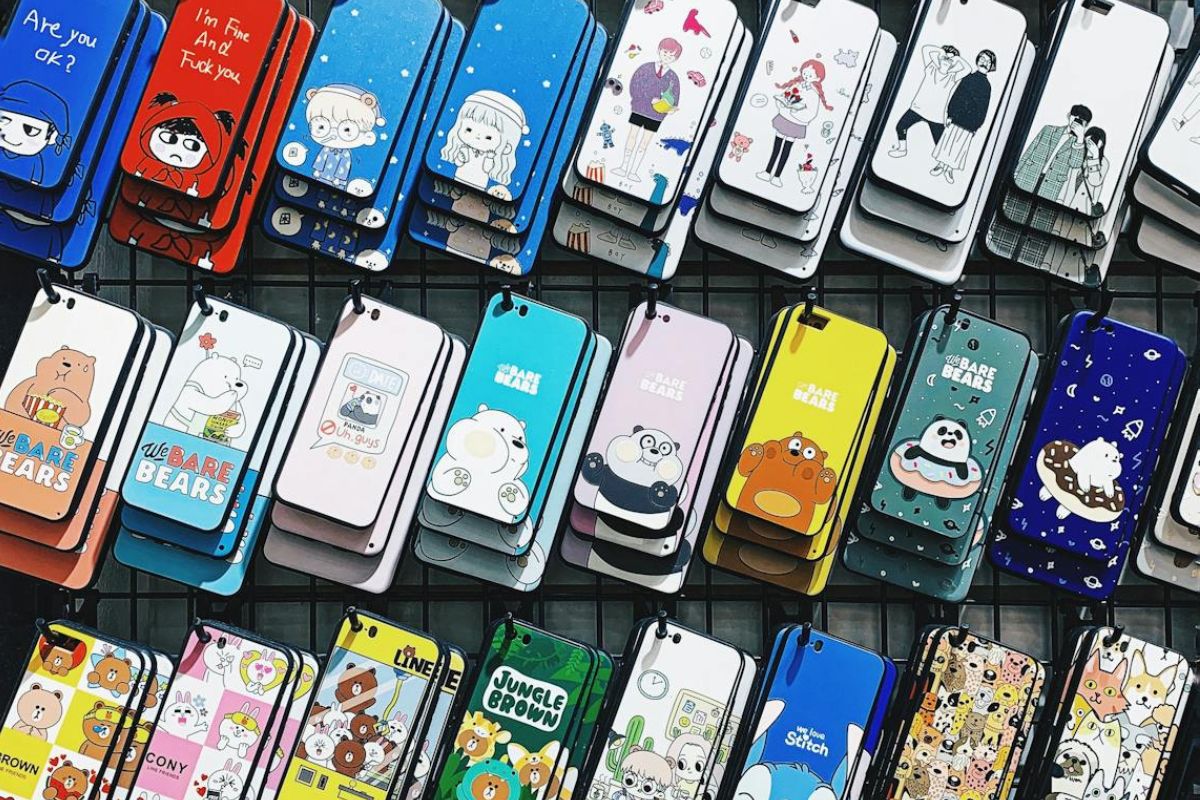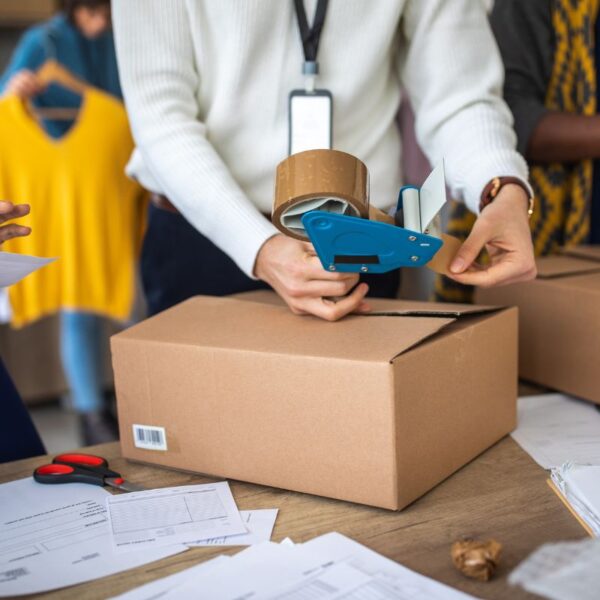Making your own phone case is a fun way to express your personal style. You can create a unique phone case that showcases your creativity and matches your taste using simple materials.
Whether you start with a clear case or choose to make one from scratch, the process is easier than you might think.
Table of contents
- Understanding Phone Case Materials
- Design Inspiration and Concepts
- DIY Phone Case Creation Tools
- Personalizing with Paints and Decals
- Dimensional and Textured Cases
- Customization with Digital Tools
- Care and Maintenance
- Showcasing Your Unique Case
- Frequently Asked Questions
- What materials are needed to make a DIY phone case from scratch?
- What are the steps to craft a phone case using fabric?
- How can I create a durable phone case out of cardboard?
- Which techniques are suitable for making a kids-friendly phone case?
- What are some creative ways to design and make a phone case for sale?
- How can a sturdy phone case be fashioned without using pre-existing cases?
DIY phone cases allow you to stand out in a world where many people use the same store-bought designs. You can personalize your case with colors, patterns, or even natural items like pressed flowers. With just a few supplies, you can transform your device into something truly one-of-a-kind.
In this blog post, you’ll discover easy methods to make your own phone case, including tips for using materials you may already have at home. Get ready to dive into a project that combines art and function, making your phone both protective and stylish.
Understanding Phone Case Materials
When making a phone case, choosing the right material is crucial. Each type of material has its own advantages and can affect the look, feel, and protection of your phone case. Here are details about three popular materials used in phone cases.
Silicone Cases
Silicone cases are known for their flexibility and shock absorption. They provide good grip and are less likely to slip from your hand.
- Benefits: Silicone is soft, making it gentle on surfaces. It can also absorb impacts, protecting your phone if it falls.
- Customization: You can paint silicone or add designs using methods like Cricut. This allows for personalized styles easily.
- Maintenance: Cleaning silicone cases is simple; usually, a damp cloth will do the job.
These cases come in various colors and patterns, making them a popular choice for many users.
Hard Plastic Cases
Hard plastic cases, such as those made from polycarbonate and thermoplastic polyurethane (TPU), offer sturdy protection. They are rigid, which helps resist impacts and falls.
- Durability: They maintain their shape well and can last a long time without showing wear.
- Design Options: You can find hard plastic cases in clear forms or with printed designs, but they are less customizable than silicone.
- Weight: These cases tend to be lightweight while providing strong protection.
Their hard exterior is great for those who prioritize phone safety in their daily activities.
Fabric Cases
Fabric cases are less common but can offer a unique look and feel. They may be made from materials like felt or canvas.
- Aesthetic: Fabric cases can provide a stylish and personal touch to your phone.
- Comfort: They can be more comfortable to hold, giving a softer feel compared to plastic or silicone.
- Customization: You can personalize fabric cases with paint or fabric markers, allowing for creative designs.
Though they may not be as protective as silicone or hard plastic, many appreciate their unique style and comfort.
Design Inspiration and Concepts
| Design Idea | Description | Target Audience |
|---|---|---|
| Minimalist Aesthetic | Sleek, simple, and elegant designs with solid colors or subtle patterns. | Professionals, modern style lovers. |
| Personalized Name/Initials | Custom cases with names, initials, or monograms. | Individuals who love personalization. |
| Neon Glow & Holographic | Bright neon or reflective holographic finishes for a futuristic look. | Gen Z, trendsetters, fashion-forward users. |
| Marble & Luxury Texture | High-end marble, leather, or metal-look finishes. | Luxury lovers, professionals, gift buyers. |
| Anime & Pop Culture | Designs featuring anime, TV shows, or gaming characters. | Anime fans, gamers, entertainment lovers. |
| Floral & Nature-Inspired | Botanical patterns, tropical leaves, and pastel flowers. | Women, nature enthusiasts, eco-conscious buyers. |
| Transparent & Glitter | Clear cases with embedded glitter, floating stars, or confetti. | Teenagers, influencers, stylish users. |
| Funny & Meme-Based | Hilarious memes, quotes, and internet humor designs. | Millennials, Gen Z, social media users. |
| Astrology & Zodiac Signs | Zodiac constellations, birth charts, and mystical symbols. | Astrology fans, spirituality lovers. |
| Eco-Friendly & Wooden | Biodegradable, bamboo, or cork cases with engraved designs. | Sustainability-conscious consumers. |
When creating a phone case, consider various themes and styles that reflect your personality. This section covers ideas for selecting a design theme, incorporating personal elements, and exploring different colors and textures.
Selecting a Design Theme
Choosing a design theme sets the foundation for your phone case. Popular options include abstract designs, nature patterns, and geometric shapes. For an artistic look, you might opt for designs featuring mandalas or bold, geometric patterns.
If you love nature, consider incorporating elements such as pressed flowers or leaf designs. These can give your phone case an organic feel. Think about the message or mood you want to convey. Do you want something fun? Elegant? The theme you select should resonate with your style and preferences.
Incorporating Personal Elements
Personalizing your phone case can make it uniquely yours. Start by identifying what matters to you. This could be a favorite quote, a special date, or an image that brings happy memories.
You can use personal photos printed onto vinyl sheets or apply stickers of things you love. Adding your initials or a meaningful symbol enhances the personal touch. Another idea is to collect items like small charms or memorabilia and embed them in a clear case for a three-dimensional effect.
Exploring Color and Texture
Color plays a crucial role in the overall design of your phone case. Choose colors that reflect your personality or mood. Bright colors can create a cheerful vibe, while muted tones may give a more sophisticated look.
Textures can also enhance the visual appeal. Consider using materials like fabric, gold leaf, or mod podge. For instance, layered fabrics behind a clear case can add depth and interest. Mixing textures, like a smooth background with raised elements, provides a dynamic look that can set your phone case apart from others.
DIY Phone Case Creation Tools
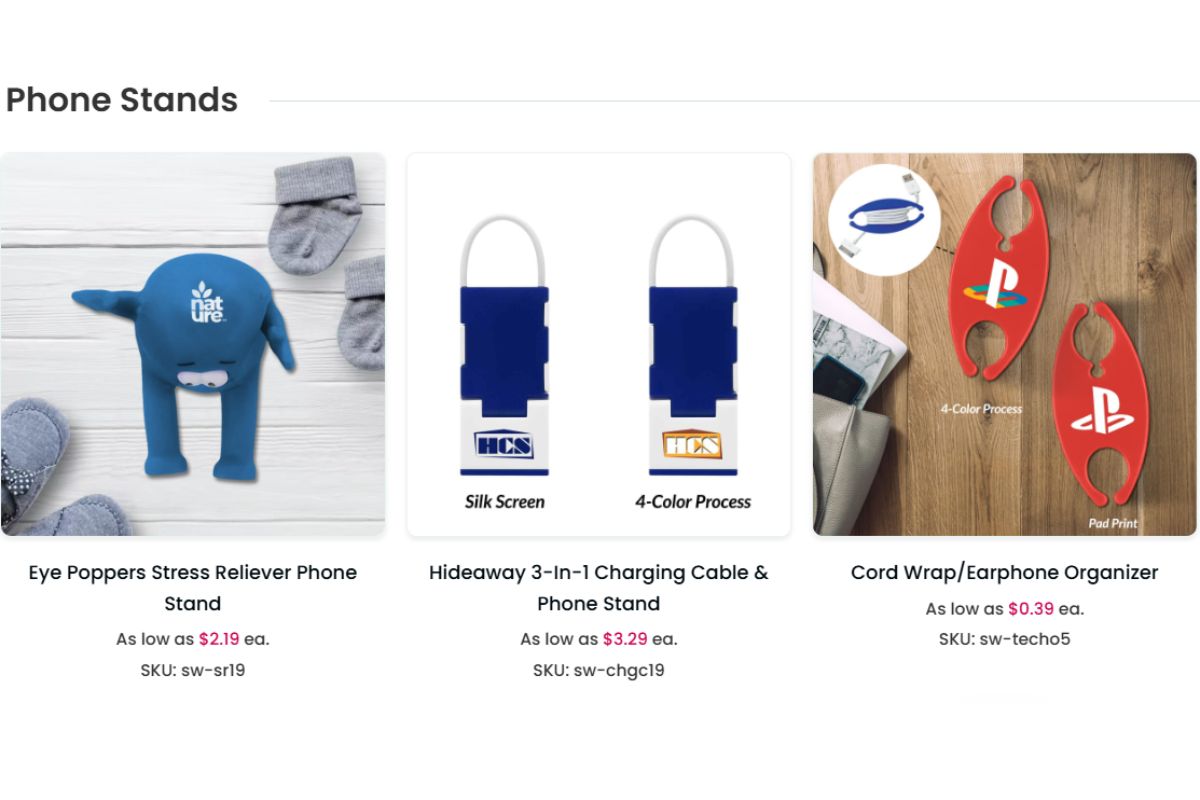
To create your own phone case, having the right tools is essential. Using precise cutting tools, application aids, and sealing products will make your project easier and result in a better final product. Here are some key tools to consider.
Cricut Machines for Precise Cuts
A Cricut machine is a popular choice for making phone cases. This cutting machine allows you to create intricate designs with ease. You can upload your custom designs or select from a library of templates.
- Accuracy: Cricut machines provide precise cuts, ensuring your designs fit perfectly on your case.
- Materials: You can use vinyl, fabric, or paper, expanding your creative options.
- Ease of Use: The machines come with user-friendly software, making it simple for you to design and cut.
Investing in a Cricut can enhance your DIY experience, helping you create professional-looking cases.
Using Weeding Tools
Weeding tools are vital for removing excess material after cutting. Once you have your design cut from vinyl, the weeding process begins.
- Precision: A weeding tool allows you to pick out small pieces without damaging the main design.
- Variety: You can find tools in different shapes, which can help with various design complexities.
- Efficiency: This step is quicker when you use the right tools, saving time on your project.
Having weeding tools on hand ensures that your vinyl design looks clean and polished.
Mod Podge for Sealing
Mod Podge is a versatile sealing solution for your DIY phone cases. It can protect your designs and make them last longer.
- Application: Use a brush to apply a thin layer over your design. This helps seal the edges and prevents peeling.
- Finish: Mod Podge is available in different finishes, such as matte or glossy, allowing you to choose based on your style.
- Durability: Sealing your phone case with Mod Podge adds a layer of protection against scratches and moisture.
Including Mod Podge in your toolset will help maintain the quality and longevity of your custom phone cases.
Personalizing with Paints and Decals
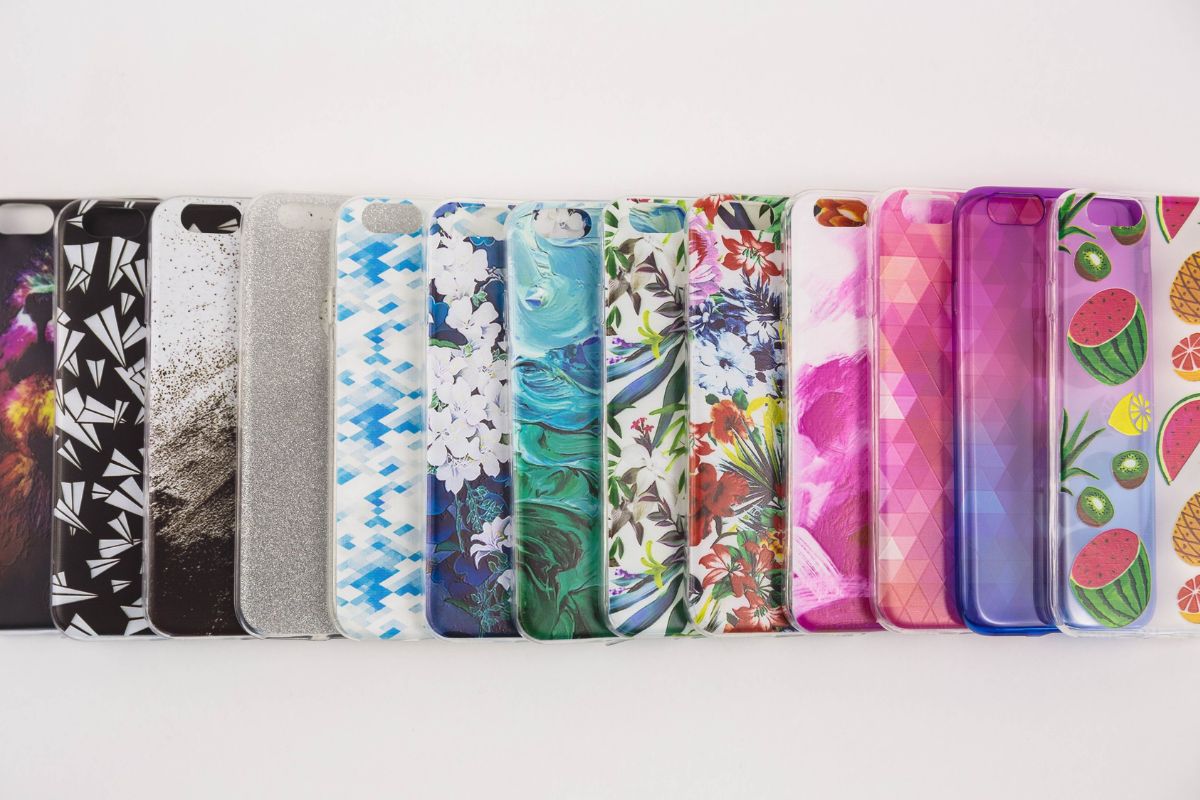
You can add a personal touch to your phone case using paints and decals. These methods allow you to express your style and creativity. Here are some techniques to help you get started.
Acrylic Paint Techniques
Using acrylic paint is a simple way to create unique designs. Start by choosing your colors. You can paint solid colors, patterns, or even images onto your case.
Before you begin, make sure your phone case is clean and dry.
Steps:
- Select Your Colors: Choose colors that complement each other.
- Apply Base Layer: Use a paintbrush for an even coat.
- Add Patterns: Use small brushes or sponges to add details.
You might need multiple layers for solid colors. Let each layer dry before adding more paint. Also, seal your work with a clear acrylic spray to protect it from scratches.
Applying Vinyl Decals
Vinyl decals are an easy way to add designs without painting. They come in many colors and styles, making them versatile for personalizing your phone case.
Steps:
- Choose Your Decal: Pick a design that matches your style.
- Prep the Surface: Clean the case to ensure better adhesion.
- Position the Decal: Before peeling off the backing, place the decal on the case without sticking it.
Once you’re happy with the placement, press the decal firmly onto the case. Use a credit card to smooth out any air bubbles.
For added durability, apply a clear sealant over the decal after it has stuck well.
Custom Designs with Spray Paint
Spray paint offers a quick way to cover a large area or create a stunning effect. You can use it for bold colors or intricate stencils.
Steps:
- Choose a Well-Ventilated Area: Spray paint can be strong.
- Use Stencils: Tape stencils to your case for unique shapes or patterns.
- Apply Even Coats: Hold the can about 6-12 inches away and spray in light layers.
Let each coat dry before adding more. After you finish, protect your design with a clear coat spray. This helps make your phone case design last longer.
Dimensional and Textured Cases
| Case Idea | Description | Target Audience |
|---|---|---|
| 3D Embossed Patterns | Raised textures like waves, geometric shapes, or abstract art. | Modern design lovers, professionals. |
| Leather-Wrapped Cases | Genuine or faux leather with stitched details for a premium feel. | Luxury enthusiasts, business professionals. |
| Silicone Bubble Pop Case | Features soft, poppable bubbles like a fidget toy. | Stress-relief seekers, students, kids. |
| Wood Engraved Cases | Real wood or bamboo with laser-cut designs. | Eco-conscious buyers, rustic aesthetic lovers. |
| Holographic 3D Effect | Raised holographic patterns that shift colors at different angles. | Trendsetters, Gen Z, fashion-forward users. |
| Metallic & Industrial Grip | Textured metal or carbon fiber with a rugged, tough feel. | Tech lovers, gamers, car enthusiasts. |
| Faux Fur or Velvet Cases | Soft, luxurious material for a cozy touch. | Fashionistas, winter-themed collections. |
| Stone & Marble Texture | Matte or polished faux stone for a natural, elegant look. | Minimalists, high-end buyers. |
| Glow-in-the-Dark Raised Designs | Textures that light up in the dark, like constellations or patterns. | Nightlife lovers, sci-fi fans, kids. |
| Water or Glitter Flow Cases | Floating liquid-filled cases with glitter, beads, or snow effects. | Teenagers, influencers, stylish users. |
Creating dimensional and textured phone cases adds a unique touch to your device. You can use various materials and techniques to give your case a personalized look and feel.
Using Puffy Paint for Texture
Puffy paint is an excellent choice for adding texture to your phone case. This type of paint expands when heated, creating a raised surface. Start with a plain case, preferably silicone or plastic. Use colors that fit your design style.
You can apply puffy paint directly from the bottle. Squeeze it into shapes or patterns, like dots or swirls. For the best results, let it dry according to the package instructions. Ensure you handle the case gently, as the texture can be fragile until fully cured. For added protection, consider sealing the paint with a clear acrylic spray.
Fabric Case Embellishments
Fabric cases allow for unique embellishments and design options. You can cut fabric into different shapes and sizes to create patterns or images. Choose fabric that complements your style; cotton and felt work well.
To attach the fabric, use fabric glue or a hot glue gun. First, cut the fabric to fit your phone case. Apply the adhesive evenly, pressing the fabric firmly to avoid bubbles. You can add layers for depth and texture, creating a quilted look. Finish your design by sewing or gluing on additional elements like buttons or beads.
Cornstarch for Eco-Friendly Molding
Using cornstarch is a great method for environmentally friendly phone case design. Combine cornstarch with a silicone base to mold a custom case. This method is not only effective but also biodegradable.
To start, mix equal parts cornstarch and silicone caulk in a bowl. Knead until smooth and pliable. Wrap your phone in cling wrap for protection. Shape the mixture around your phone, molding it to fit snugly. Once dried, you can paint or decorate your case to make it personal. This approach gives you both a custom fit and a unique texture.
Securing Embroidery and Embellishments
To create a personalized look, you may want to incorporate embroidery or embellishments on your phone case.
Start by selecting your favorite colors of embroidery floss. You can choose to stitch initials, designs, or patterns directly onto the case.
Use a needle to make small holes for the floss and guide it through the material. Tie off the ends securely to prevent any fraying.
For added charm, consider gluing on small embellishments like beads or charms. Use a strong adhesive for a lasting hold, ensuring that everything is well-secured.
Make sure to trim any excess thread for a clean finish. This method not only adds color but also creates texture to your phone case.
Final Sealing and Protection
After adding your details, sealing your phone case is crucial for durability.
You can apply Mod Podge over your design to protect it from wear and tear. Use a soft brush to apply a thin, even layer. Be careful to cover all areas without creating bubbles.
Allow the Mod Podge to dry completely, which can take an hour or more.
For extra protection, consider applying two to three coats.
This sealing process ensures that your designs remain vibrant and safe from everyday damage, keeping your personalized phone case looking fresh for longer.
Customization with Digital Tools
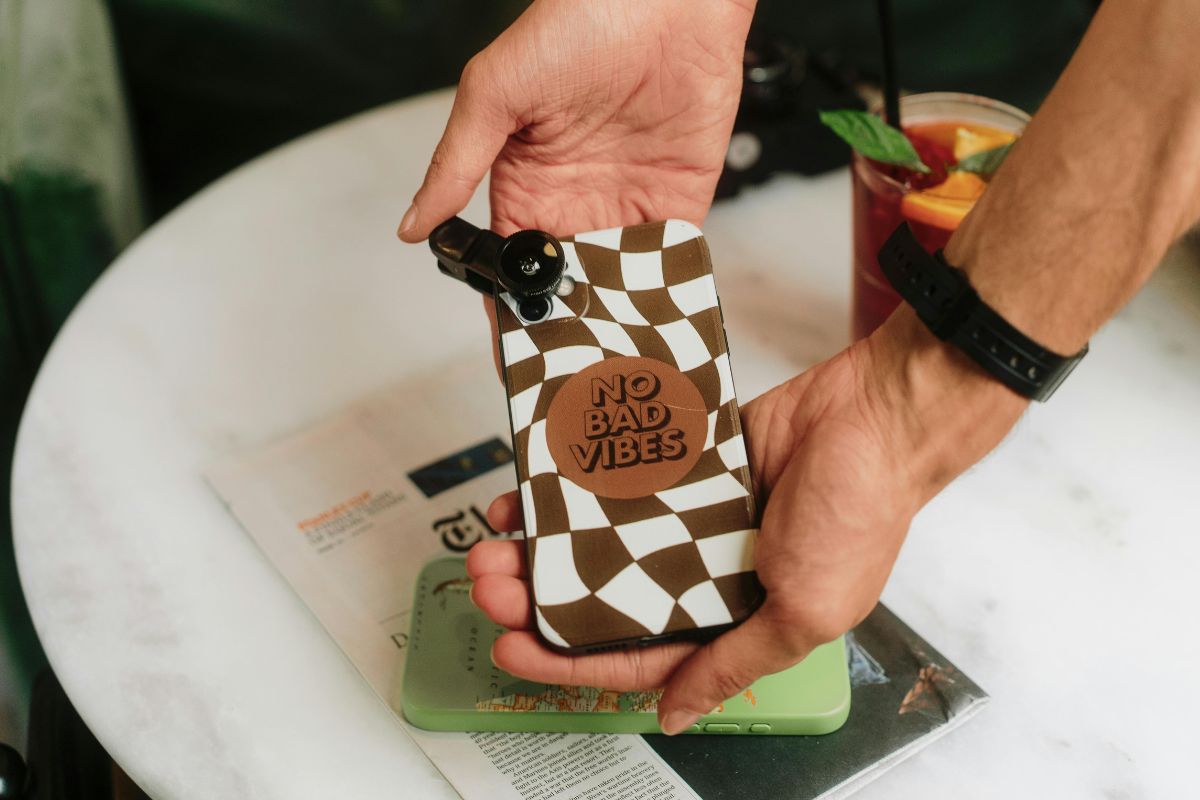
You can easily personalize your phone case by using digital tools. These tools allow you to upload images and explore various design options, making your phone case truly unique.
Uploading Images for Personal Flair
To begin creating your personalized phone case, upload images that reflect your style.
Find high-resolution pictures that will look great on the case.
- Select Your Image: Choose a photo from your device that you’d like to use, such as a favorite memory or artwork.
- Format Properly: Ensure the image is in the right format, commonly JPEG or PNG.
- Use Design Tools: Many online platforms provide simple tools to adjust size and position. You can crop, rotate, or apply filters to match your vision.
After uploading, preview how the image appears on the phone case template. This helps you visualize the final product before placing an order.
Exploring Online Design Possibilities
Beyond just images, you can explore multiple design features to enhance your custom phone case.
- Add Text: Many design tools allow you to add personalized text. Choose different fonts and colors to match your style.
- Use Templates: Various websites offer pre-made templates that you can customize. This option can save time and give you creative ideas.
- Choose Materials: Each material offers a unique look and feel. Decide if you want a glossy finish or a matte look.
Play around with these design elements until you find a combination that resonates with you. This flexibility ensures your phone case is a true representation of your personality.
Care and Maintenance
| Phone Case Material | Care & Maintenance Tips | Why It Matters? |
|---|---|---|
| Silicone | Clean with a damp cloth, avoid harsh chemicals. | Prevents damage to the flexible material and maintains appearance. |
| Leather | Wipe with a dry cloth, condition periodically with leather cleaner. | Keeps the leather from cracking and maintains its natural sheen. |
| Plastic (Polycarbonate) | Use a microfiber cloth for cleaning; avoid sharp objects. | Keeps the case free from scratches and preserves its clarity. |
| Wood (Bamboo, Real Wood) | Wipe with a soft, damp cloth; avoid water soaking. | Prevents the wood from warping and losing its natural finish. |
| Fabric (Canvas, Denim) | Gently wash by hand with mild soap, air dry. | Preserves the texture and prevents shrinking or fading. |
| Metal | Clean with a soft cloth and mild cleaner; avoid abrasive materials. | Prevents scratches and keeps the metallic shine. |
| Rubber | Wash with warm soapy water, dry thoroughly before use. | Ensures the rubber doesn’t lose its elasticity or grip. |
| Glass or Acrylic | Wipe with a microfiber cloth; avoid dropping. | Protects the glass from fingerprints and scratches. |
| Eco-Friendly Materials | Use eco-friendly cleaners, avoid prolonged sun exposure. | Maintains the sustainability aspect and prevents degradation. |
| 3D-Printed Cases | Wipe gently with a damp cloth, avoid rough surfaces. | Ensures the intricate designs and textures stay intact. |
Taking care of your DIY phone case is essential for its longevity. Proper maintenance helps keep your phone case looking good and protects your phone effectively.
Preserving Your DIY Phone Case
To preserve your phone case, avoid exposing it to extreme temperatures.
For example, if you have a glitter phone case, high heat can cause the glitter to soften or clump. Keep your case away from direct sunlight for extended periods as well.
Handle your case with care when placing it in bags or pockets. A clear phone case can get scratched if it rubs against hard objects like keys. Store it in a soft pouch when not in use to minimize wear and tear.
Cleaning and Long-Term Care
Regular cleaning is vital for maintaining your DIY phone case.
For a fabric case, spot clean with a damp cloth and a small amount of mild soap. For deeper cleaning, use gentle detergent, then air dry completely.
For clear phone cases, use a mix of water and isopropyl alcohol to clean it.
Dampen a cloth and wipe inside and outside to prevent dirt buildup. For glitter cases, avoid soaking them; a dry wipe works best to keep the glitter intact.
Make cleaning a part of your routine. This will help reduce the chances of accumulating grime and keep your case looking fresh. With proper care, your phone case will remain a vibrant accessory.
Showcasing Your Unique Case
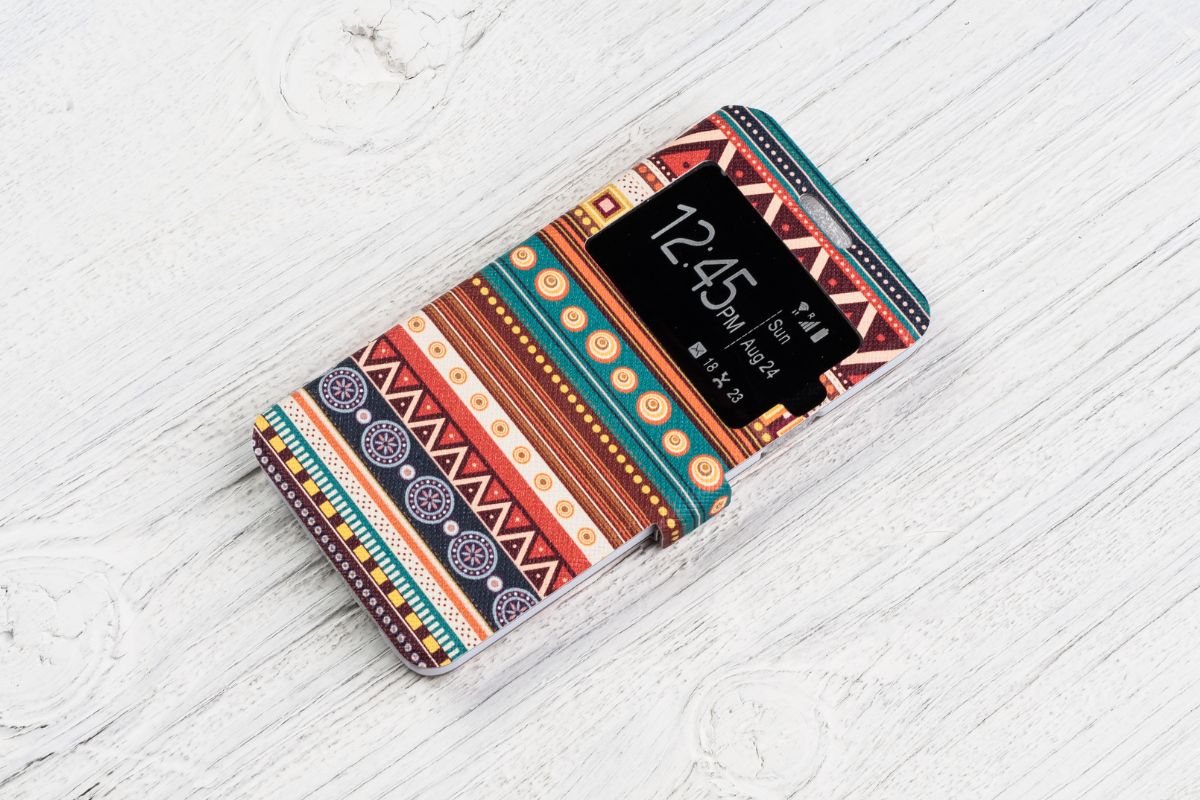
Once your custom phone case is complete, it’s time to show it off. Sharing your design can inspire others and help you connect with fellow creators. Here are two effective ways to showcase your unique case.
Sharing on Social Media
Social media is a powerful tool to share your custom phone cases.
Start by taking high-quality photos of your finished designs. Use natural lighting for the best results.
You can share your images on platforms like Instagram, Facebook, or Pinterest.
Tag relevant hashtags like #CustomPhoneCase or #DIYPhoneCase to increase visibility. Engaging with communities that focus on phone accessories can boost your reach too.
Consider creating stories or reels to show off your design process. This adds dimension and interest. Engaging captions can encourage followers to comment and share, enhancing your online presence.
Creating a Portfolio of Designs
Building a portfolio of your creations helps showcase your skills.
Start by organizing photos of your unique designs in a digital format, like a blog or a website.
Use clear images and categorize your cases by style or theme. Label each design with a brief description, including the inspiration behind it. This can range from colors used to special DIY techniques.
A portfolio allows you to present your work to potential clients or followers. Consider including a section for feedback or testimonials. This adds credibility and can attract new opportunities in designing custom phone cases. Creating a portfolio not only highlights your creativity but also marks your growth as a designer.
Frequently Asked Questions
Here you can find answers to common questions about making phone cases. Each section will guide you through materials, steps, and creative ideas for crafting effective and unique phone cases.
What materials are needed to make a DIY phone case from scratch?
To make a DIY phone case, you will need materials such as silicone or thermoplastic, a mold, and tools like scissors or a knife. Other options include fabric, cardboard, or resin, depending on the design you want to create.
What are the steps to craft a phone case using fabric?
Start by measuring your phone to get the right dimensions.
Cut the fabric according to these measurements, leaving extra for seams. Sew or glue the edges together, ensuring a snug fit.
Finally, add any embellishments that suit your style.
How can I create a durable phone case out of cardboard?
Begin by measuring and cutting a piece of cardboard to fit your phone.
Fold the cardboard to create supports for the sides. Use tape or glue to hold everything together.
You can also decorate it with paint or markers for a personalized touch.
Which techniques are suitable for making a kids-friendly phone case?
For a kid-friendly phone case, consider using soft materials like fabric or foam.
You can also add fun designs, bright colors, or even characters kids love. Ensure there are no sharp edges and that everything is securely attached.
What are some creative ways to design and make a phone case for sale?
Think about market trends and popular styles.
You can use tools like Cricut to create unique designs. Consider adding features like pop sockets or card holders to create a functional appeal. Personalizing cases with names or themes can also attract customers.
How can a sturdy phone case be fashioned without using pre-existing cases?
You can create a sturdy case by using materials like 3D-printed plastic or reinforced fabric. Design it to snugly fit around your phone.
Make sure to include additional padding for drop protection and test it for durability before use.

